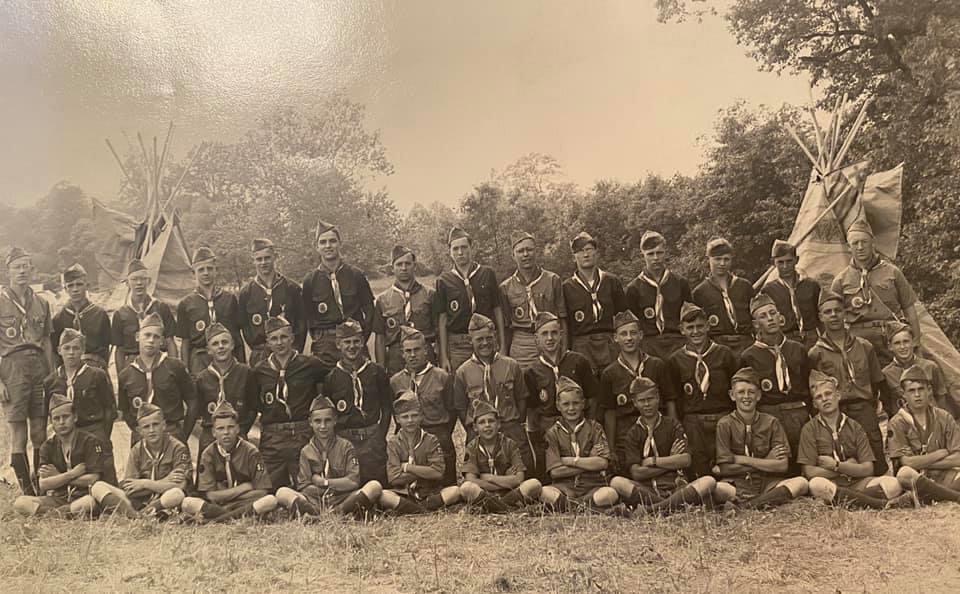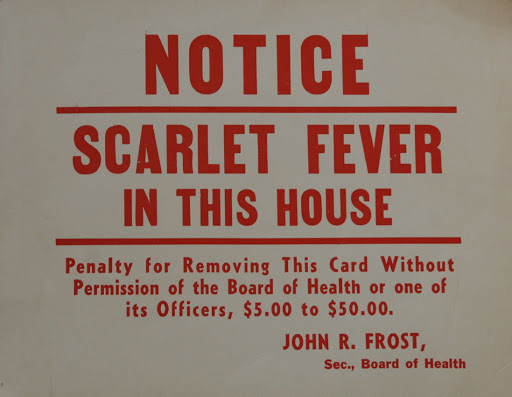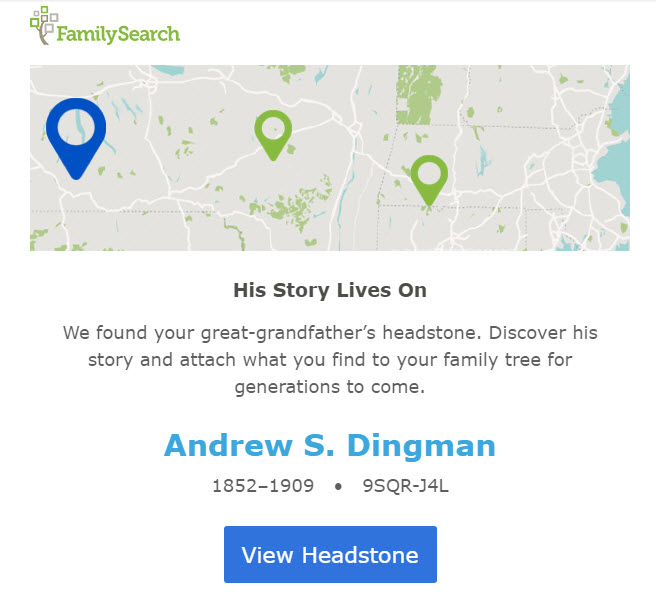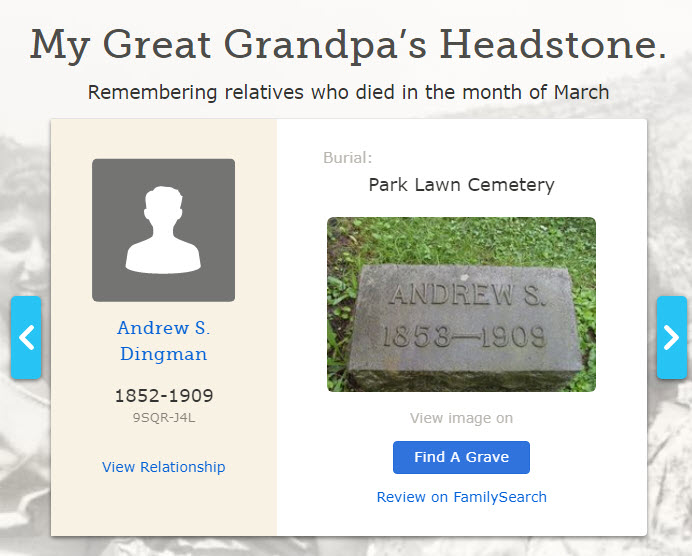It’s official: The world is experiencing a pandemic with Covid-19, referred to colloquially as Coronavirus. The World Health Organization made that pronouncement today, March 11, 2020.
I have been checking on the latest developments in my state of Ohio. Our Governor Mike DeWine is holding frequent briefings and they are broadcast in their entirety by my cable provider Spectrum TV. He and state health officials seem to be on top of the situation, as much as we can be with all the changes day by day. Today’s briefing included the announcement that a fourth individual, a male in his 50s, had tested positive for Covid-19. A couple of days ago, it was announced that there were three proven cases in Cuyahoga County. The two situations were different because the first three had been exposed to other victims, but the fourth was not. This means that he caught the virus by the mysterious mechanism known as “community spread.”
I have learned from my grandkids that their universities have suspended in-person classes, switching over to online classes until further notice.
On a personal level, my Silver Sneakers exercise class, which meets three days a week, has been suspended until April 1. Also, some genealogical events that I was planning to attend have been canceled or postponed.
In news coverage of this pandemic, we are learning about the spread of this disease. First, it was an outbreak in China (localized), then it became an epidemic (wider regional spread), and finally a pandemic with cases in many countries around the world. So far, more than 100 countries have reported cases of Covid-19.
The term self-quarantine has been used more and more as people stay at home when they suspect that they might have been exposed to victims of the virus or at least are feeling some or all of the symptoms.
Quarantine
Again, on a personal level, I would like to record that my house in Andover, Ohio, was quarantined about 70 years ago. I and my sister and brother had to stay home from school for a few days because we were diagnosed with scarlet fever,
Here is a concise description of that illness found on the Mayo Clinic website (https://www.mayoclinic.org/diseases-conditions/scarlet-fever/symptoms-causes/syc-20377406):
“Scarlet fever is a bacterial illness that develops in some people who have strep throat. Also known as scarlatina, scarlet fever features a bright red rash that covers most of the body. Scarlet fever is almost always accompanied by a sore throat and a high fever.
“Scarlet fever is most common in children 5 to 15 years of age. Although scarlet fever was once considered a serious childhood illness, antibiotic treatments have made it less threatening. Still, if left untreated, scarlet fever can result in more serious conditions that affect the heart, kidneys and other parts of the body.”
What I remember about this event is that we had sore throats, but otherwise weren’t very sickly (thank goodness). Also, there were no lasting effects. I also remember that our house did have a red sign next to the front door announcing our quarantine.
I only hope we get through the Covid-19 pandemic as well as our family got through the adventure with scarlet fever those many decades ago.





Recent Comments